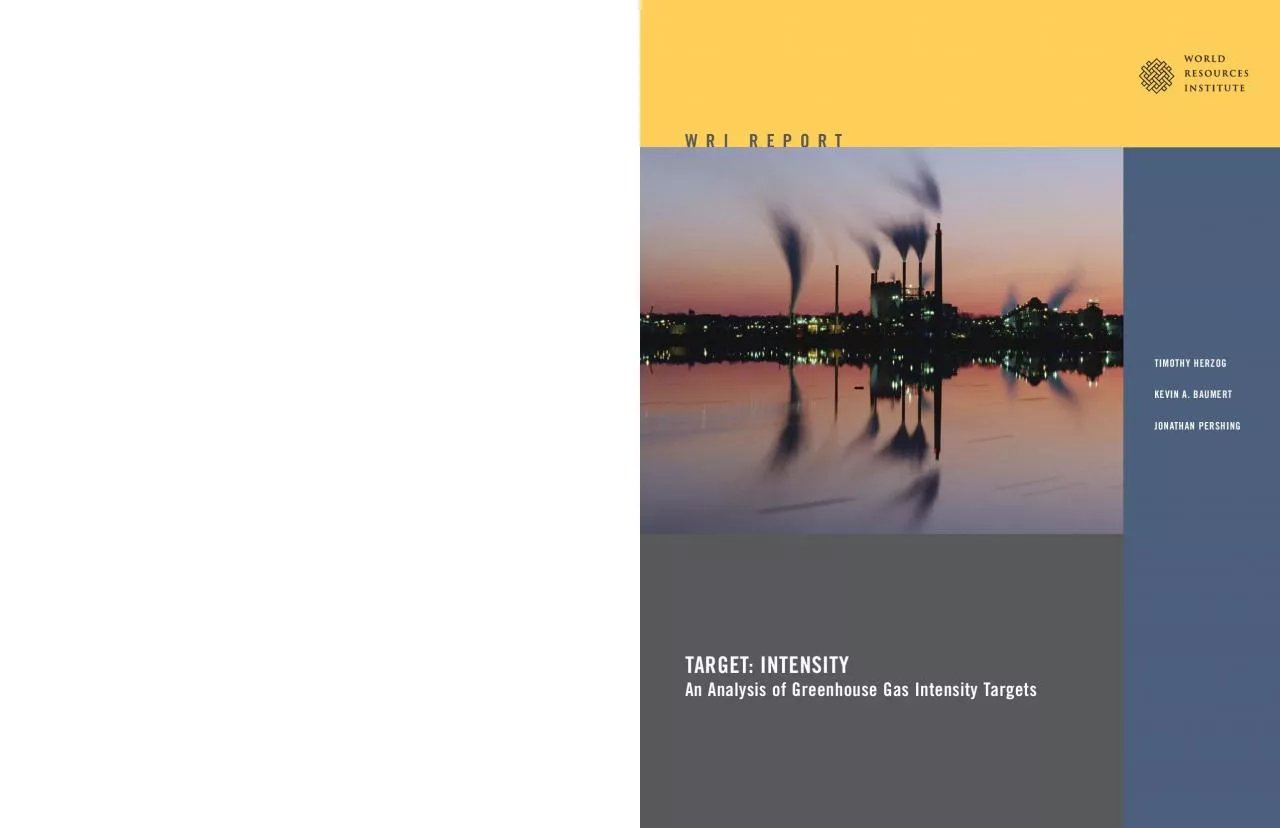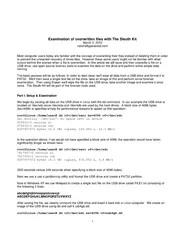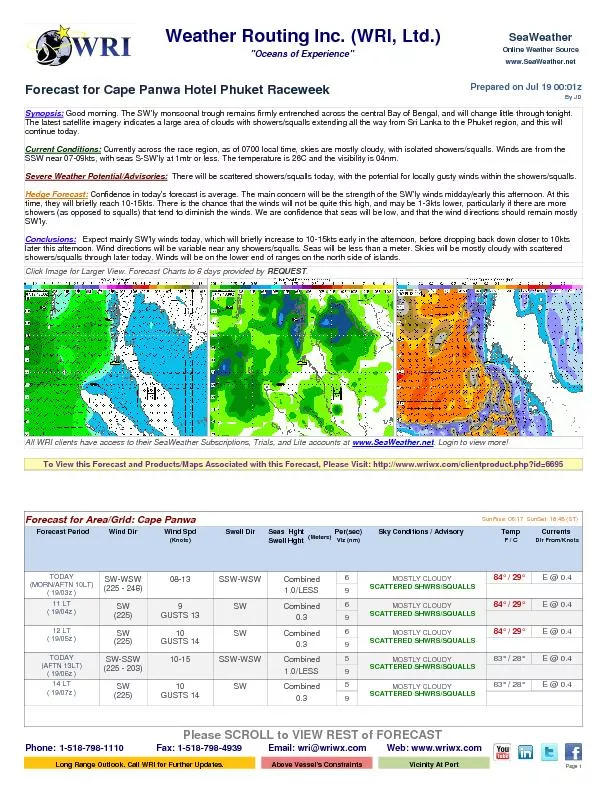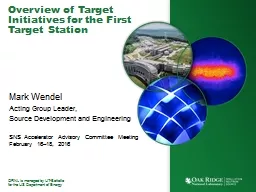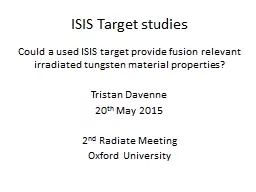PDF-WRI TARGET INTENSITYMARGARET B YAMASHITAHYACINTH BILLINGSPUBLICATIONS
Author : hadly | Published Date : 2021-09-22
November 2006Each World Resources Institute report represents a timely scholarly treatment of and guaranteeing its authors and researchers freedom of inquiry It
Presentation Embed Code
Download Presentation
Download Presentation The PPT/PDF document "WRI TARGET INTENSITYMARGARET B YAMASHIT..." is the property of its rightful owner. Permission is granted to download and print the materials on this website for personal, non-commercial use only, and to display it on your personal computer provided you do not modify the materials and that you retain all copyright notices contained in the materials. By downloading content from our website, you accept the terms of this agreement.
WRI TARGET INTENSITYMARGARET B YAMASHITAHYACINTH BILLINGSPUBLICATIONS: Transcript
Download Rules Of Document
"WRI TARGET INTENSITYMARGARET B YAMASHITAHYACINTH BILLINGSPUBLICATIONS"The content belongs to its owner. You may download and print it for personal use, without modification, and keep all copyright notices. By downloading, you agree to these terms.
Related Documents

